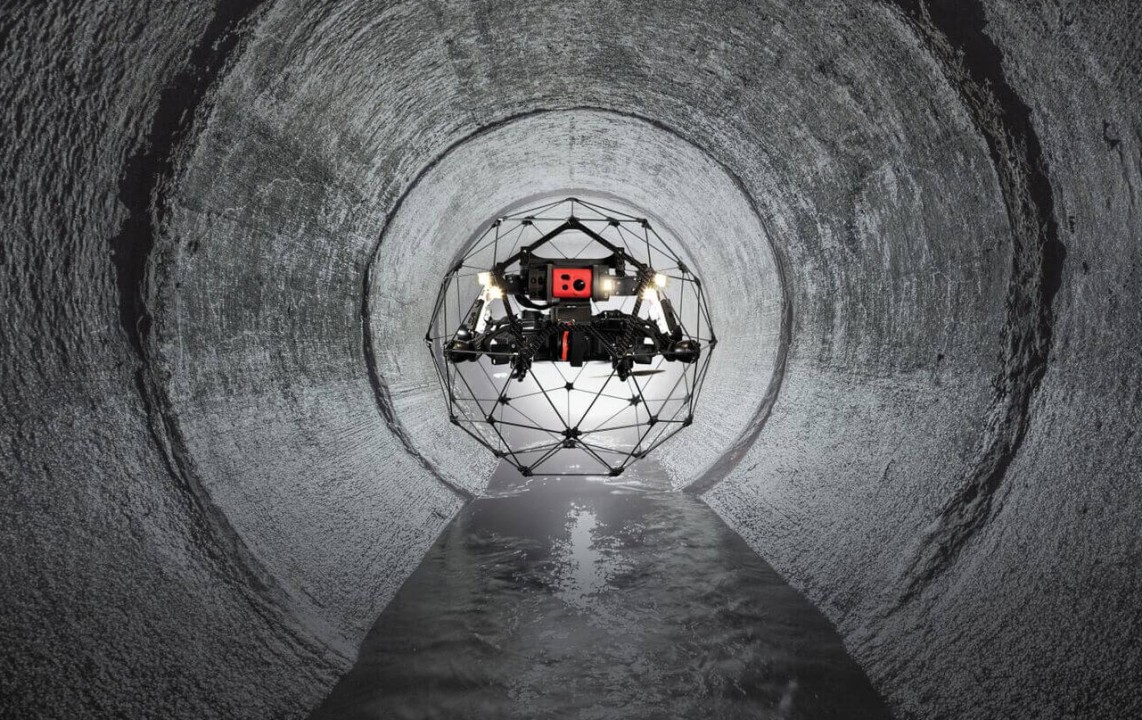Better safe than sorry’ is a common phrase among operations and maintenance (O&M) teams. An overlooked deviation in the operating temperatures may lead to an electrical component failure. Undetected corrosion under insulation—to pipeline rupture and environmental pollution.
The consequences of poor asset maintenance are in the best case very expensive and in the worst—mortally dangerous for staff. So naturally, most companies attempt to apply preventive maintenance to a larger proportion of their asset portfolio.
What is Preventive Maintenance?
Preventive maintenance (PM) assumes regular, scheduled corrective activities aimed at preserving asset integrity and minimizing failure risks. By performing regular inspections, servicing, and asset conditioning actions, O&M teams stay ahead of the curve rather than waiting until a problem becomes apparent.
Reactive maintenance leads to prolonged downtime, which has a ripple effect further down the supply chain—delays in manufacturing, resource waste, quality control issues, inventory size shrinkage, lost sales, and ultimately customer frustrations. An unplanned shutdown of Neste’s Singapore biorefinery in October 2024 had a ripple effect on the company’s US sales until the end of the year, leading to lost sales as the US blender tax credit was about to expire.
Of course, not every problem can be fully mitigated, especially when you lack data about the degradation. But many operational issues can be detected early with a preventive maintenance schedule.
The majority of business leaders 87% state preventive maintenance reduces machine breakdowns and lost production time. Companies that primarily rely on preventive and predictive maintenance approaches experience 15 % less downtime, have an 87 % lower defect rate, and 66 % less inventory increases due to unplanned maintenance, according to a NIST study. Moreover, they also have faster lead- and production times due to minimized downtime, enabling greater agility in response to fluctuations in supply and demand.
Preventive Maintenance vs Predictive Maintenance: What Are the Differences?
Preventive maintenance (PM) is often mentioned alongside predictive maintenance (PdM). Both have a shared aim—asset failure prevention, but the means to reaching that goal are different.
Preventive maintenance strategies are schedule-driven. Maintenance activities are carried out at predetermined intervals (e.g., weekly, monthly, quarterly, etc). The frequency is established based on applicable compliance requirements, industry testing standards, and OEM guidelines when applicable. In many cases, routine maintenance is carried out regardless of the asset’s actual condition, sometimes leading to over- or under-serving.
Predictive maintenance strategies, in contrast, are condition-based. Maintenance needs are determined using the latest data on the asset’s health scores, created based on data from sensors, IoT devices, inspection drones, and other asset management systems. Corrective maintenance is only carried out if the PdM system suggests a strong propensity for performance degradation or failure.
Effectively, predictive maintenance takes prevention a notch further, providing asset management teams with multi-dimensional, real-time insights on equipment degradation. For example, changes in acoustic emission levels, operating temperatures, or wall thickness can
indicate problems at the onset. Yet, traditional asset monitoring solutions aren’t often tuned to pick out these signals.
Predictive maintenance solutions supply richer insights into asset conditions by aggregating condition data from multiple sources and analyzing it with machine learning or deep learning algorithms. When connected to an asset management system, predictive algorithms can provide insights into future asset performance, issue alerts about performance degradation, and provide accurate remaining useful life (RUL) estimates.
Understandably, predictive maintenance strategies are more expensive to implement as they require new technology investments and process changes. However, in the long run, a preventive maintenance strategy brings dividends in the form of lower production losses and minimal unplanned downtime.

Types of Preventive Maintenance
Preventive maintenance is an overarching term for four different approaches for averting sudden asset failures and subsequent unplanned downtime. These include time-based maintenance, usage-based maintenance, condition-based maintenance, and predictive maintenance.
Time-Based Maintenance
As it says on the tin, time-based maintenance assumes scheduling maintenance activities at fixed intervals — daily, weekly, quarterly, bi-annually, etc. The frequency depends on the type of asset, its risk scores, operating conditions, and applicable industry regulations.
For example, thorough internal inspections of gasoline storage tanks must be carried out every 5 years. E and F Class combustion turbine rotors at power plans must undergo requalification inspection after 2,000 to 5,000 operating hours to determine the remaining operating hours. Many OEM warranty and support policies also establish specific timeframes for carrying out inspections and maintenance.
The advantage of a time-based maintenance strategy is the ease of scheduling and work order management. This approach often results in under- or over-servicing since actual wear and tear isn’t taken into account.
Time-based maintenance approach also results in a larger number of work orders, requiring bigger teams. Given that half of maintenance teams struggle with hiring new talent, this strategy can create extra pressure for the teams, leading to oversight.

Predictive Maintenance
Predictive maintenance strategy combines real-time monitoring with advanced analytics methods for forecasting asset performance degradation and failure. While condition-based monitoring alerts about already present issues, PdM tools approximate when problems may arise in the future giving O&M teams extra time to react.
Advanced PdM models can predict with high accuracy the remaining wind turbine blade lifetime or anticipate different component failures in aircraft. Shell recently rolled out a predictive maintenance solution for control valves at one of its refineries in the Netherlands. The algorithm was trained on historical asset data to recognize anomalies in performance. Whenever any deviation is detected, the on-site team receives an alert. Since launch, the system detected problems in 65 control valves, which have been undetected by traditional inspection methods. Early detection meant that valve maintenance could be proactively planned at the best time, rather than applied reactively, resulting in higher downtime and operational costs.
A PdM strategy enables ‘just in time’ servicing, helping businesses avoid crippling downtime. However, such solutions also require substantial investments in new digital technologies and process-related changes. Moreover, you’ll need access to sufficient data for model training and validation (which may be in short supply for certain asset types).
Generally, predictive maintenance makes sense when:
- The consequences of unplanned downtime are much higher than those of scheduled downtime. For example, for power generation turbines, industrial pipelines, or offshore oil platforms.
- Accommodating scheduled downtime is much easier than unplanned downtime (e.g., lifting platforms or scaffolding is required to access the faulty component).



